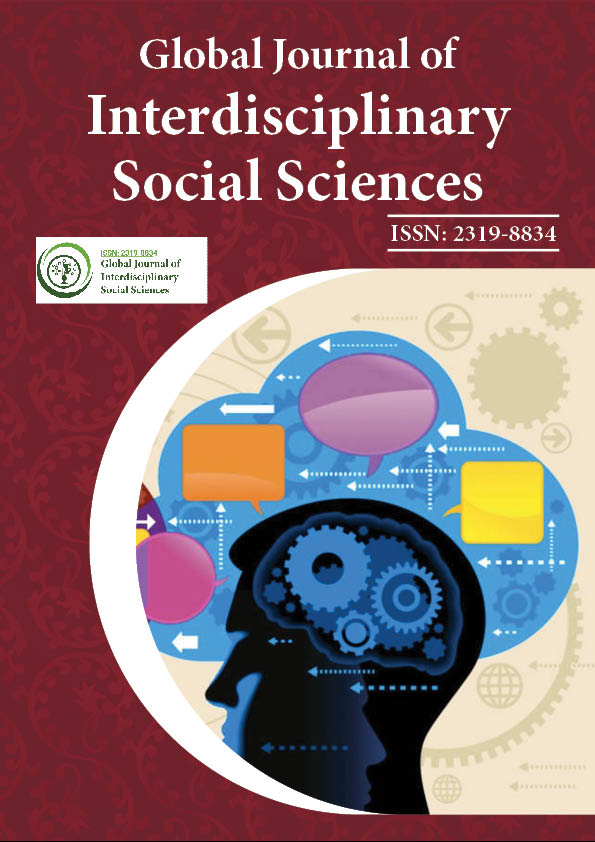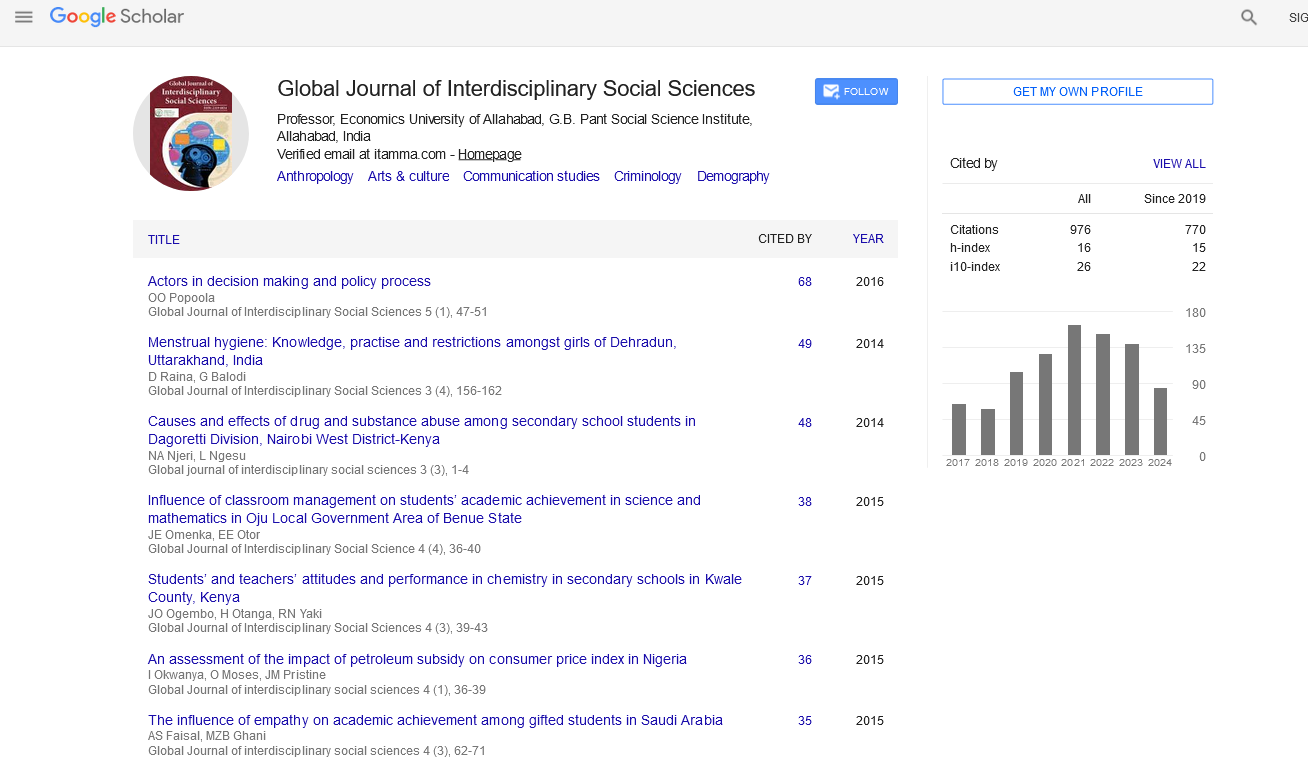Indexed In
- JournalTOCs
- Google Scholar
Useful Links
Share This Page
Journal Flyer

Open Access Journals
- Agri and Aquaculture
- Biochemistry
- Bioinformatics & Systems Biology
- Business & Management
- Chemistry
- Clinical Sciences
- Engineering
- Food & Nutrition
- General Science
- Genetics & Molecular Biology
- Immunology & Microbiology
- Medical Sciences
- Neuroscience & Psychology
- Nursing & Health Care
- Pharmaceutical Sciences
Commentry - (2024) Volume 13, Issue 1
The Role of European Arts in Shaping Cultural and Societal Change
Hiroshi Tanaka*Received: 28-Feb-2024, Manuscript No. GJISS-24-27879; Editor assigned: 01-Mar-2024, Pre QC No. GJISS-24-27879 (PQ); Reviewed: 15-Mar-2024, QC No. GJISS-24-27879; Revised: 22-Mar-2024, Manuscript No. GJISS-24-27879 (R); Published: 29-Mar-2024, DOI: 10.35248/2319-8834.24.13.082
Description
European arts and culture have a rich fabric woven from centuries of historical transformations, influential figures and complex societal changes. The arts in Europe includes a various range of expressions, including literature, music, visual arts, theater and architecture, which have collectively formed and reflected the societal values, ideologies and collective experiences of the continent. This article explores the historical context of European arts and culture, highlighting key figures who have contributed to its evolution while also addressing the positive and negative aspects of this complex domain.
The roots of European arts can be traced back to the prehistoric era, with cave paintings from the Upper Paleolithic period providing evidence of early human expression. However, it was during the classical antiquity of Greece and Rome (circa 800 BCE to 500 CE) that the foundations of western artistic tradition were firmly established. The Greeks emphasized ideals of beauty, proportion and humanism in their sculpture and architecture, while the Romans contributed innovations in engineering, notably with their vast architectural prowess, including aqueducts and amphitheatres.
The 19th century marked the emergence of new artistic movements such as romanticism and impressionism, which reflected the sociopolitical upheavals of the time. Throughout history, numerous individuals have significantly influenced European arts and culture. One of the giants of the Renaissance, Leonardo da Vinci, not only produced masterpieces in painting but also contributed to science and anatomy. His innovative approach demonstrated the interconnectedness of different forms of knowledge, emphasizing that art could transcend mere aesthetics.
In the search of literature, figures such as William Shakespeare significantly impacted European theater and language. His exploration of complex human emotions and societal themes remains relevant to this day, demonstrating the enduring power of literary arts. On the other hand, the development of music cannot be understated, with composers like Ludwig van Beethoven and Johann Sebastian Bach shaping the Western musical canon and influencing generations of musicians.
However, it is important to acknowledge the darker aspects of European arts and culture. Historically, art has been used as a tool for propaganda, reinforcing power structures and ideologies. The Nazi regime, for example, sought to curtail artistic expression, promoting an Aryan aesthetic while suppressing those whose works contradicted their ideology. Additionally, the appropriation of art and culture, especially in colonial contexts, raised significant ethical questions regarding authorship and representation.
The European arts and culture scene has cultivated a sense of identity and community across the continent. By providing a platform for reflection and dialogue, arts have served as a means of social critique, enabling people to challenge and address urgent societal issues. For example, movements like Dadaism and Surrealism emerged in response to the atrocities of World War I, illuminating the existence and the human condition.
Moreover, the diversification of artistic expressions in recent years, characterized by the rise of contemporary art and performance, reflects increased inclusivity and recognition of marginalized voices. Artists from various backgrounds can now contribute to the European narrative, enriching the cultural scene and allowing for greater understanding and empathy among communities.
Conversely, the commodification of art and culture has raised concerns about authenticity and accessibility. The art market's excessive commercialization can alienate artists from their creative processes and dictate the value of art based on market demand rather than intrinsic merit. Additionally, the influence of globalization presents challenges in preserving local cultures and traditions, as homogenizing forces often overshadow unique artistic expressions.
In conclusion, the evolution of European arts and culture stands as a testament to the continent's dynamic history and its capacity for expression and innovation. From ancient civilizations to modern movements, the contributions of important figures and their impacts reflect both uplifting narratives and warnings. As Europe continues to struggle with its complex identity, the arts remain an essential vehicle for understanding and connecting with the human experience. Striking a balance between preserving cultural heritage and welcoming the new will be vital for the future relevance of European arts and culture.
Citation: Tanaka H (2024). The Role of European Arts in Shaping Cultural and Societal Change. Global J Interdiscipl Soc Sci. 13:082.
Copyright: © 2024 Tanaka H. This is an open access article distributed under the terms of the Creative Commons Attribution License, which permits unrestricted use, distribution, and reproduction in any medium, provided the original author and source are credited.

